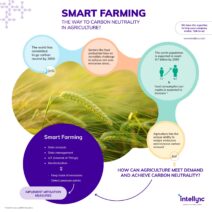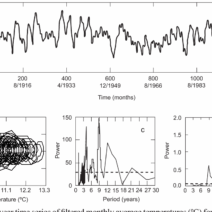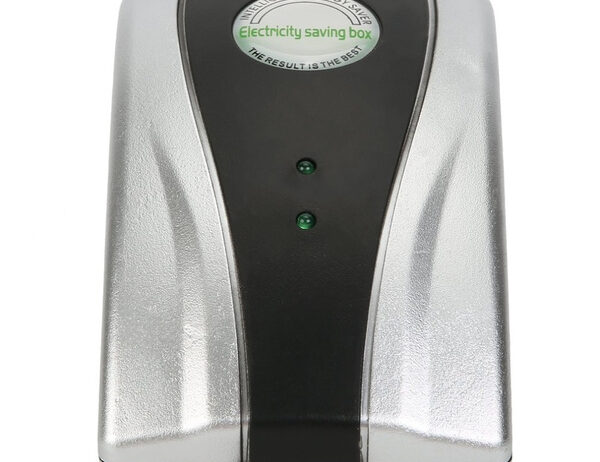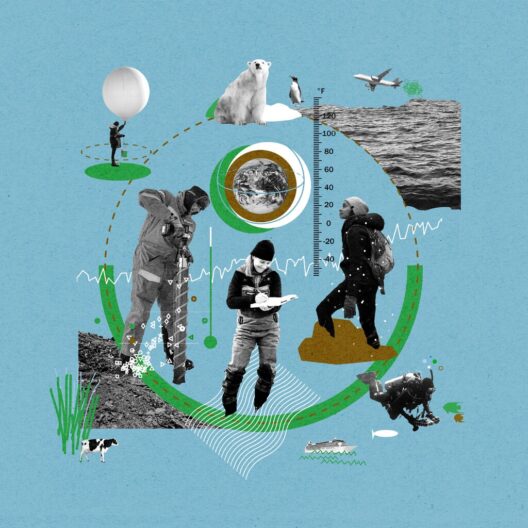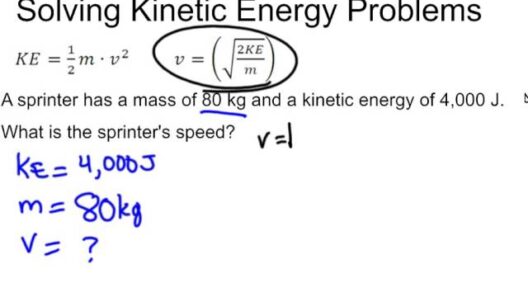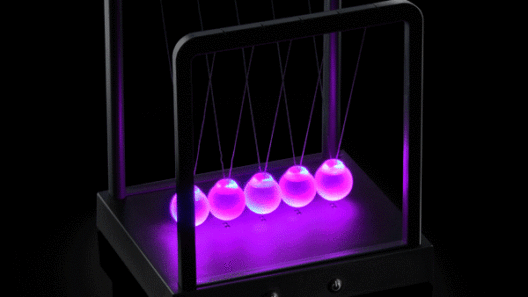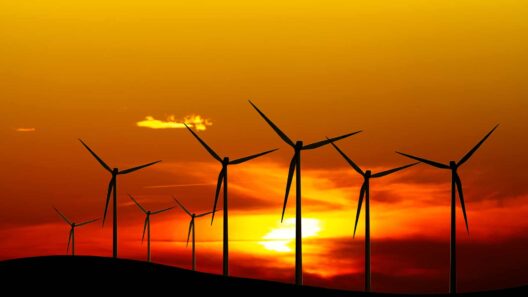As we approach 2025, the urgency of conserving energy has never been more pertinent. The rising costs of electricity, combined with the escalating effects of climate change, necessitate innovative solutions that empower consumers to minimize their energy consumption. To this end, a variety of devices have emerged, designed to help households and businesses alike reduce their energy footprint while promoting sustainability. This article explores several top picks for energy-saving devices in 2025, examining their functionality, benefits, and the overall impact they can have on energy conservation.
One of the foremost categories of energy-saving devices is smart power strips. Traditional power strips are often left plugged in, consuming phantom energy—a phenomenon where electronics draw power even in standby mode. Smart power strips offer a solution by allowing users to designate which devices are primary and which are secondary. When primary devices are turned off, the smart strip cuts power to the secondary devices, thus eliminating wasted energy. These strips not only help in conserving energy but also lead to lower electricity bills over time.
Another remarkable innovation in energy conservation is the emergence of intelligent electricity energy-saving boxes. These devices are designed to optimize the electrical flow within residential and commercial settings. By regulating voltage and current, they help stabilize and reduce energy consumption. Many users find that these boxes can decrease their overall energy use by up to 30%, making them a valuable addition to any energy-conscious household. The environment-friendly aspect of these boxes further enhances their appeal, as they contribute to lowering greenhouse gas emissions associated with energy production.
Smart thermostats are becoming increasingly popular, thanks to their ability to learn user habits and adjust heating and cooling schedules accordingly. Unlike traditional thermostats, which require manual adjustments, smart thermostats harness machine learning to optimize energy use. They can remotely control temperature settings through smartphone applications, allowing users to manage their home environment efficiently. Moreover, many of these thermostats are compatible with various HVAC systems, making them versatile tools in the quest for energy conservation.
Energy-efficient lighting represents another critical component of energy conservation strategies. LED bulbs have taken the market by storm due to their longevity and low energy consumption compared to traditional incandescent bulbs. However, advancements in smart lighting technology are introducing even more efficiency. Smart LED bulbs can be programmed to dim or intensify based on ambient light levels and can even adjust according to the time of day. This level of control not only saves energy but also enhances the aesthetic appeal of a space by providing customizable lighting solutions.
In addition to smart bulbs, energy management systems (EMS) are gaining traction in both residential and commercial sectors. These systems integrate various devices and appliances into a cohesive network, providing real-time data and analytics on energy consumption. Users can monitor their usage patterns, receive recommendations for minimizing energy waste, and make informed decisions regarding appliance use. By offering a comprehensive overview of energy consumption, EMS empowers users to take actionable steps toward greater efficiency.
Home automation systems further enhance energy conservation efforts by linking various devices and appliances into one manageable interface. These systems can schedule operations for devices like water heaters, dishwashers, and washing machines to run during off-peak energy hours, when electricity rates are lower. By automating these appliances, users not only save on energy costs but also alleviate stress on the electrical grid during peak usage times. This decentralized approach renders the entire energy consumption process more efficient, with systemic benefits for both individual users and the broader community.
Moreover, solar energy generation devices, such as solar panels, continue to become more accessible for homeowners. Advances in technology have significantly reduced the cost of solar panel installation, making it an increasingly viable option for households aiming for energy independence. Coupled with battery storage systems, homeowners can now store excess energy generated during the day for use during the night, further enhancing their energy efficiency. By leveraging renewable energy sources, these devices play a pivotal role in transitioning towards a more sustainable future.
Energy conservation devices are incomplete without considering smart meters. These devices enable two-way communication between consumers and utility companies, offering real-time insights into energy use. Smart meters help users track their consumption patterns and identify peak usage periods. Armed with this information, consumers can adjust their habits to reduce energy usage and benefit from potential savings. Additionally, some utility companies may provide incentives for users who shift their consumption to off-peak times, further promoting energy-efficient behaviors.
The integration of these devices into daily life underscores a growing awareness of the pressing need for energy conservation. Devices that help save energy not only reduce expenses but also contribute to a broader cultural shift towards sustainability. The growing reliance on technology to manage energy consumption demonstrates the potential for innovation to facilitate positive environmental change. As we step into 2025, the drive towards energy efficiency will continue to thrive, spearheaded by these ingenious tools that empower individuals and communities to make a tangible difference.
In summary, the landscape of energy conservation devices is diverse and promising. From smart power strips to intelligent energy management systems, the range of solutions available empowers consumers to take control of their energy use. As technology advances, these devices will likely become even more efficient, intricate, and indispensable in our quest for sustainability. In this era of heightened environmental awareness, investing in energy-saving devices will not only benefit individual consumers but will also contribute to the larger goal of conserving our planet’s precious resources.

